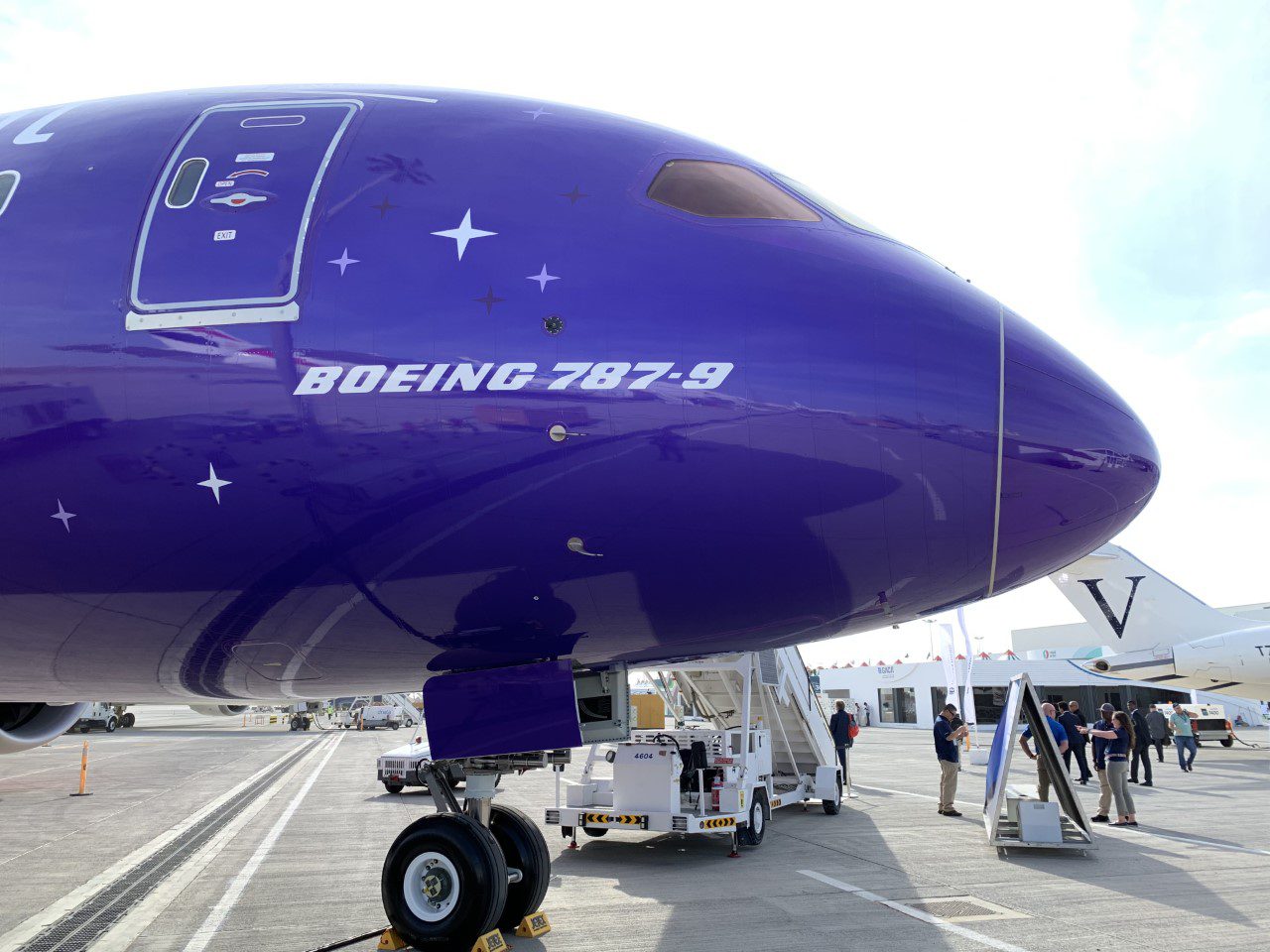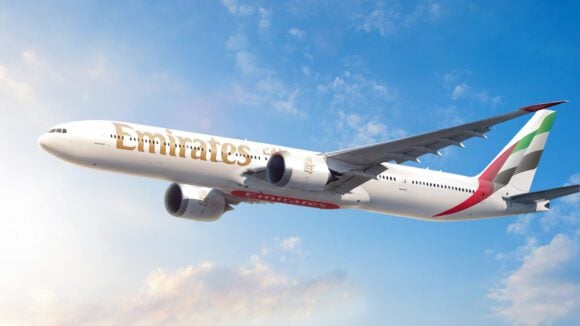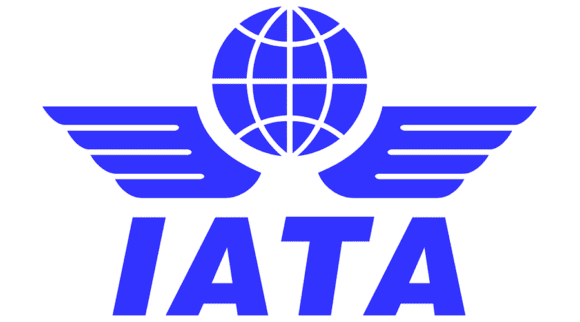
Boeing787
News:
A week ago, we commented on Boeing’s quality problems with eight Boeing 787 models built in Charleston and suggested that the FAA had failed in its oversight responsibilities. The FAA has now opened an investigation into the continuing quality difficulties at the North Charleston Boeing facility and is examining the two quality issues that Boeing identified. The eight aircraft that were grounded had both issues, which Boeing believes could together cause a problem, but aircraft with either problem singularly remain safe.
The scope of the problems have increased and could potentially lead to additional inspections of up to 900 aircraft built since 2011 may have issues. The FAA is reportedly ready to order an inspection of these aircraft to determine the depth of the issues and to order corrective actions for those found not to be in compliance with Boeing standards.
Analysis:
The quality control problems at Boeing have been well known in the industry for more than a decade. But until the problems became serious enough that they could cause a potential catastrophic failure, the minor issues haven’t been addressed. Unfortunately, it is the latter that led to the former.
A culture in which minor quality violations are tolerated leads to sloppy work in more critical areas. Not cleaning up metal chips from compartments that contain wires, or leaving tools inside an aircraft, even forgetting to remove a ladder in the tail section of an airplane, are “relatively minor” quality problems as they are unlikely to cause an aircraft to crash. But when tolerated, they create a culture that favors speed and schedule over quality that can negatively impact safety.
Boeing has adequate quality control processes that it follows at the Everett facility, where 787s are also assembled. But the company has failed to exercise proper control and has allowed the North Charleston facility to operate outside of standard operating procedures. Quite simply, management failures, pressures for the schedule over quality, or either understaffing or inadequate training, have led to the situation we have today.
Insight:
Corporate culture is often “pooh-poohed” in aviation as a “touchy-feely” subject that tends to be ignored by aerospace management teams, who are often technical, engineering, or production-oriented in their backgrounds. In reality, that culture is created by the demands that flow down the organization from the top, which starts with time frames and budgets.
At Boeing, the surest way to end your promotability is to question orders from above. Whistleblowers find their career path dead-ended, and are likely to be ignored rather than thanked for uncovering small problems before they become large ones. The MAX, and now the 787 are clear evidence of a systemic cultural problem at Boeing. Small problems that could have been solved early on have turned into large problems with major impacts on company market share and profitability.
How does one cure a flawed culture? The only way is with leadership from the top and strictly enforcing new rules for the game. But it is unlikely we will see that at Boeing, given the history and background of their CEO, Dave Calhoun. He has been on the Board for a decade and has had a front-row seat to the 787 development cost overruns and subsequent safety grounding, and the development of the MAX and its subsequent safety grounding. Today, he appears to be a part of the problem rather than the solution.
Can Boeing solve its quality issues? Can the company deliver on its promises? Can it still build safe airplanes? If we look at the last decade, the answer is no. The company can’t deliver a new program on time or on-budget that is also safe.
Cutting corners has become a part of the culture, whether internally or with suppliers via Partnering for Success. It isn’t working. The MAX remains grounded, the 787 has safety concerns and may face additional inspections and rework, and the 777-X has been delayed.
Boeing Commercial is 3 for 3 when it comes to major programs not meeting their initial targets or requirements, which is unsustainable. That needs to change if the company is to remain a leader in commercial aviation, as Airbus has already taken the leading market share away from Boeing in both orders and deliveries. That isn’t likely to change in the near term without new products that both beat the competition and are of the highest quality. That will take true leadership, and the jury remains out whether Dave Calhoun is up to that task.
Views: 12





HONESTLY I AM AMAZED HOW BOEING STILL HAS THEIR HEAD IN THE SAND. AS LONG AS MONEY CONTROLS SAFETY AND QUALITY I DON’T SEE HOW THEY CAN TOTALLY COME BACK STRONG. ALL PLANES NEED TO BE CERTIFIED BY NOT ONLY THE FAA BUT OTHER WORLDWIDE REGULATORY AGENCIES . GIVE THESE POOR QUALITY PLANES 8 TO 10 YEARS AND WE WILL SEE IF THEY START FALLING OUT OF THE SKY. PROFIT OR THE BOTTOM LINE DETERMINE OVERALL PERFORMANCE OF A PROGRAM.